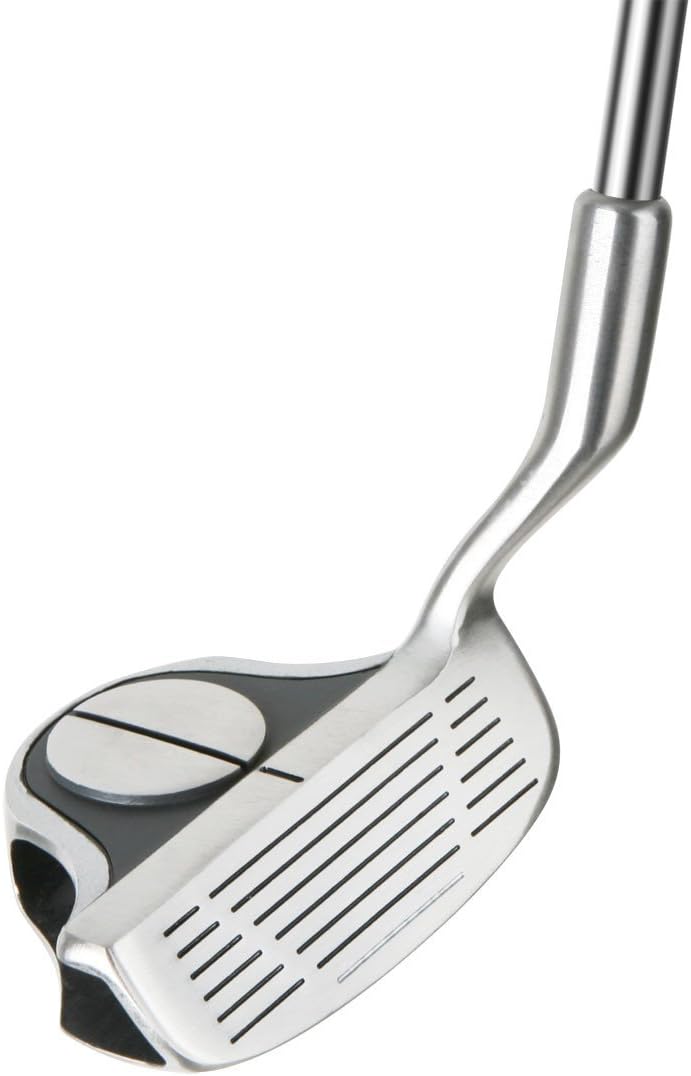Reviews in that Category
Golf clubs are essential tools used in the sport of golf. They come in various types, each designed for specific purposes and situations on the golf course. Here's what you need to know about golf clubs:
Types of Golf Clubs: Golf clubs are categorized into four main types:
Woods: Woods are typically used for long-distance shots from the tee or fairway. The driver, often referred to as the 1-wood, is the most commonly used wood club and is used to tee off from the starting hole.
Irons: Irons are versatile clubs used for various distances and situations on the course. They come in numbered sets, with lower-numbered irons (2-4) being designed for longer shots and higher-numbered irons (5-9) for shorter, more precise shots.
Wedges: Wedges are designed for short, high-accuracy shots around the green and in bunkers. Common wedges include the pitching wedge (PW), sand wedge (SW), and lob wedge (LW).
Putters: Putters are used on the green to roll the ball into the hole. They come in various shapes and designs, allowing golfers to choose one that suits their putting style.
Clubhead Materials: Golf clubheads are typically made from one of two materials:
Steel: Steel clubheads are known for their durability and consistency. They are often used in irons and putters.
Titanium/Composite: Some modern drivers and fairway woods have clubheads made from lightweight materials like titanium or composite materials.These materials allow for larger clubhead sizes and can help golfers achieve greater distance off the tee.
Club Length: The length of golf clubs varies, with drivers being the longest and putters the shortest. The length of a club can affect a golfer's swing and overall performance.
Club Loft: The loft of a clubhead determines the angle at which the ball will launch into the air. Higher lofted clubs, like wedges, produce higher shots, while lower lofted clubs, like drivers, produce lower, more penetrating shots.
Custom Fitting: Many golfers benefit from custom club fitting, which involves adjusting the club's length, lie angle, shaft flex, and grip size to match a golfer's physical characteristics and swing style. This can significantly improve accuracy and distance.
Hybrid Clubs: Hybrid clubs combine features of both irons and woods, making them versatile options for a variety of shots. They are often used to replace long irons and are easier to hit for many golfers.
Club Regulations: Golf's governing bodies, such as the USGA (United States Golf Association), have established rules and regulations governing the design and performance of golf clubs to maintain fairness and consistency in the sport.
Maintenance: Golf clubs require regular cleaning and inspection to ensure they perform optimally. Clean clubfaces and grips, and check for any damage to the clubhead or shaft.
In summary, golf clubs are crucial tools for playing the sport of golf, and selecting the right clubs for your game can significantly impact your performance on the course. Understanding the different types of clubs, their purposes, and how they fit your game is essential for any golfer.







